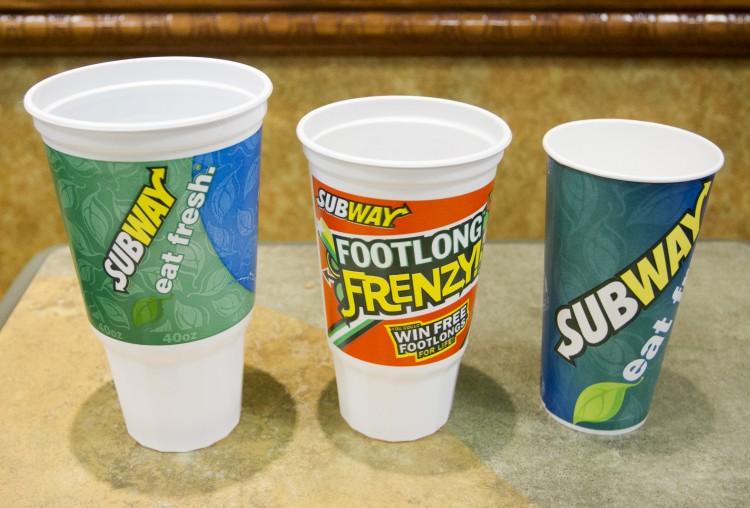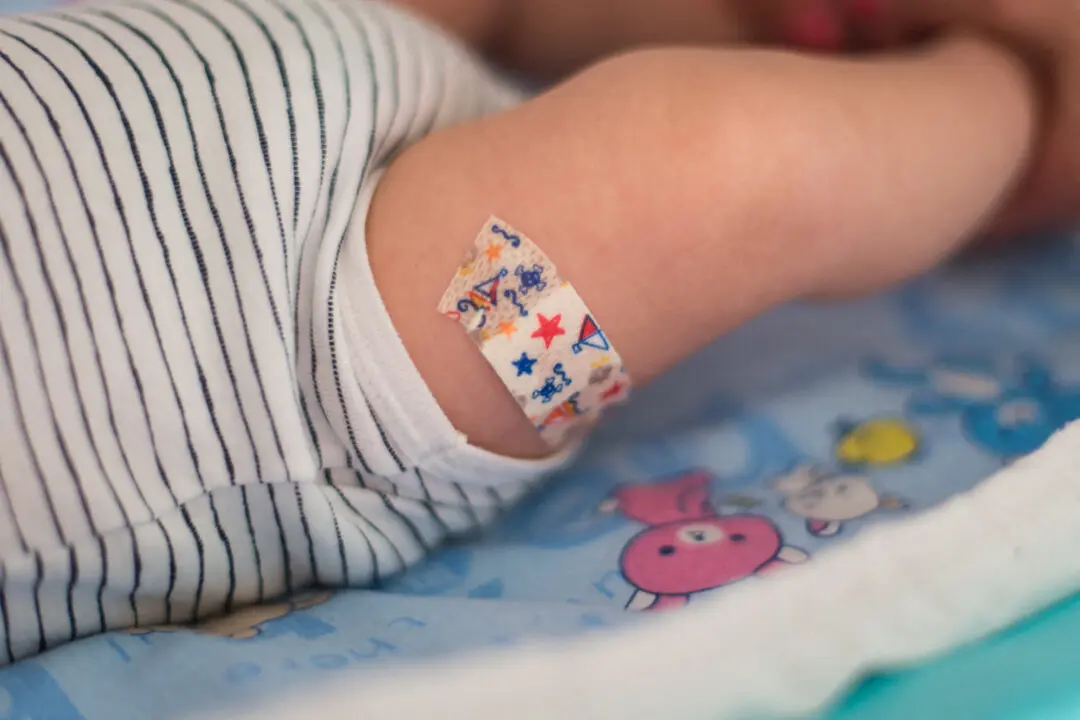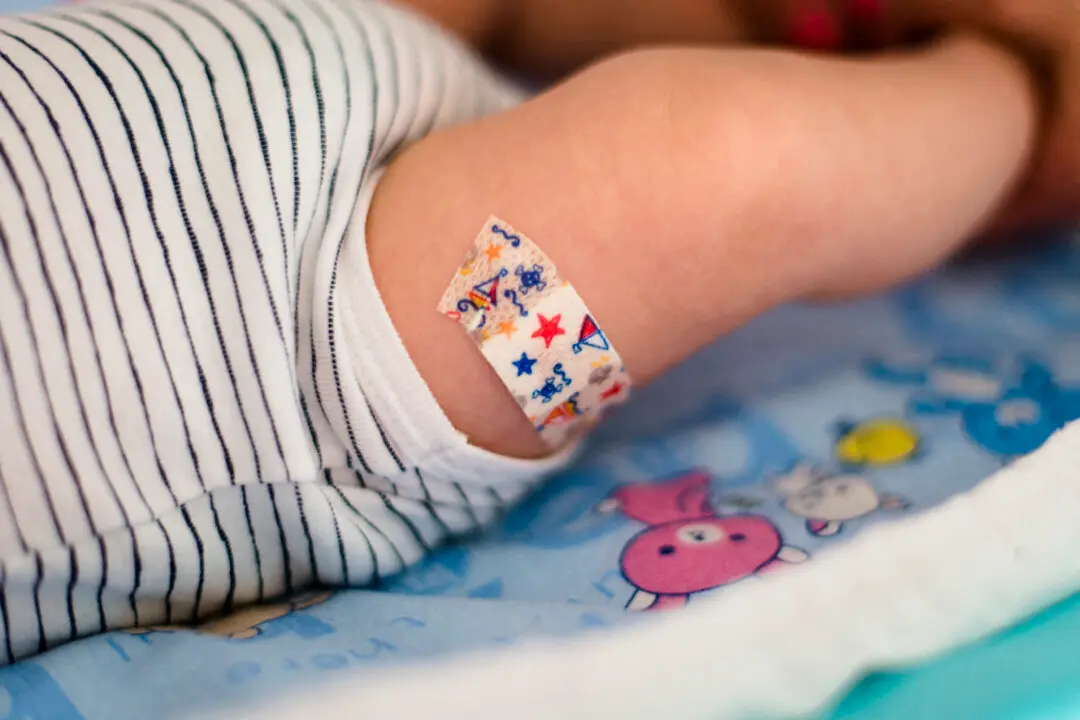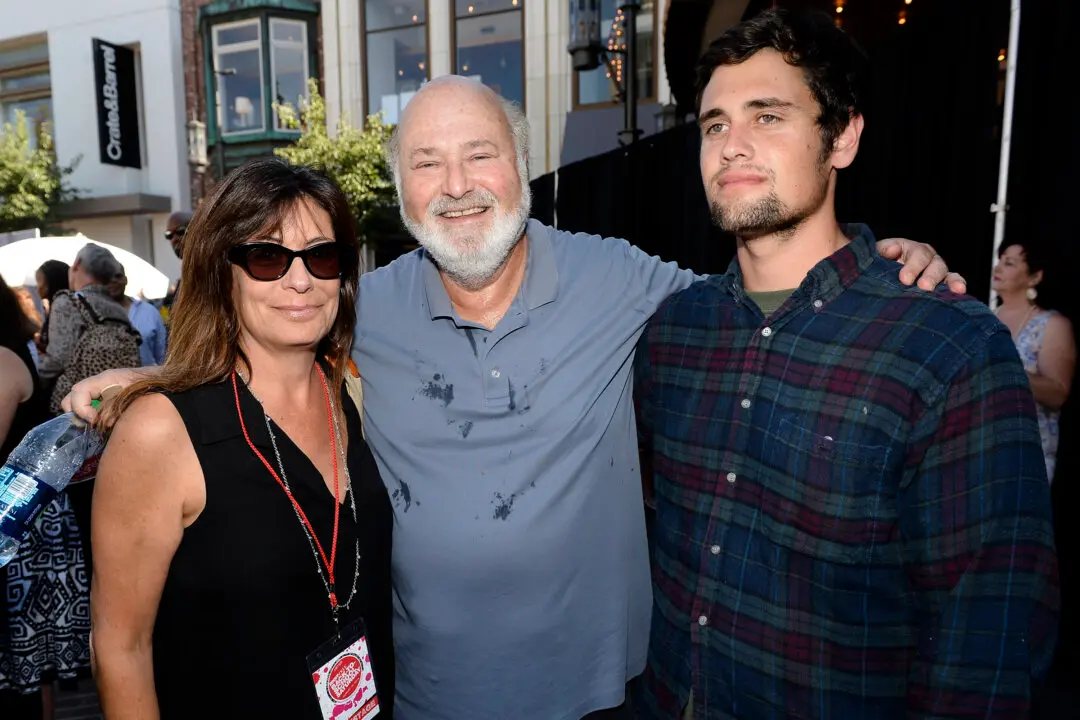NEW YORK—The controversial large sugary drink ban will impact thousands of businesses in New York City financially but will also leave many others unscathed.
The large sugary drink ban, proposed by Mayor Michael Bloomberg last spring and passed by the Board of Health last September, prohibits establishments regulated by the Department of Health and Mental Hygiene from serving any beverages larger than 16 ounces that contain more than 50 calories.
The ban does not apply to alcoholic drinks, beverages that are more than 50 percent milk, or 100 percent fruit or vegetable juice.
The ban is being challenged in court by a coalition of organizations representing small-business owners; workers in the industry, such as bottlers; and beverage manufacturers. They say the ban will be costly. The coalition is pressing the judge in charge of the case to postpone the ban’s start date, currently slated for March 12.
What Will It Cost?
There are roughly 24,000 restaurants in New York City, according to a Department of Health representative.
But how many of these will have to spend money to comply with the ban?
Though it’s not clear, thousands of restaurants will have to change some things if the ban makes it past the lawsuit.
Dinesh Venkata, 36, a manager at a Subway restaurant on the Upper East Side, estimates he will lose at least $500 a week.
There are two parts: one is the refillable cups. The three current sizes he carries are all over 16 ounces. If the ban goes through, they'll all be replaced. Venkata said customers mostly buy the middle size, a 30-ounce cup for $1.75.
Predicting the store will shift to 12- and 16-ounce cups, Venkata said there’s no way he can sell a cup for $1, so the 16-ounce cup will have to be priced at $1.50. With about 1,200 middle-size cups being sold per week, he estimates lost revenue of at least $300.
Then there’s a fridge with bottled drinks, many of which—sodas and Powerade—would be prohibited under the ban. The store sells about 800 of these bottles a week. The 20-ounce bottles ($1.75) would be replaced with 16-ounce bottles ($1.50). That’s another $200 a week, “at least,” said Venkata.







